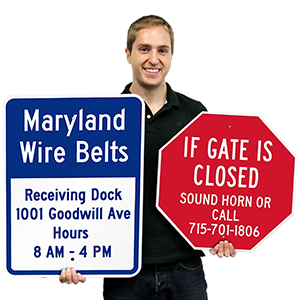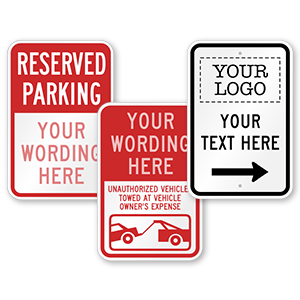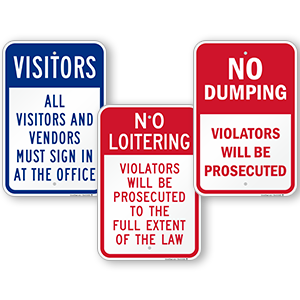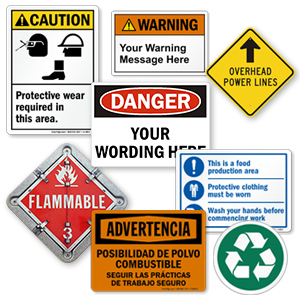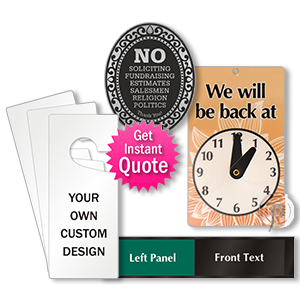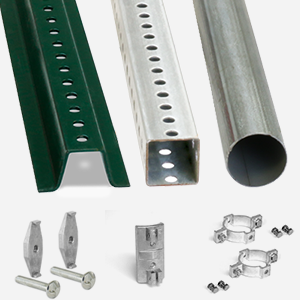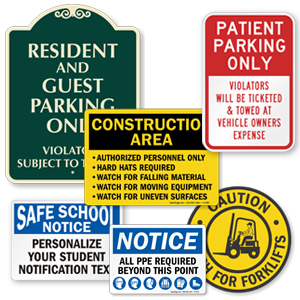Individualized brand identities
This post is part of a series celebrating SmartSign‘s 15th Anniversary. In 15 posts, we reflect on lessons learned, good experiences, and company-wide changes that brought us to this milestone of success. You can view the entire series here.
There are many ways companies can brand their products. SmartSign adopted an individual brand name strategy during its 15 years of growth. In Marketing, Richard L. Sandhusen describes this kind of strategy: “a brand name is applied to each product in the line and the company name is de-emphasized. The advantages are that brands can be targeted to specific markets [and] failure of one brand doesn’t endanger others” (397). However, this strategy does sometimes sacrifice a strong company image.
SmartSign is the parent company of more than forty smaller brands. The most well-known of these brands are MySafetySign, MyAssetTag,
MyParkingSign, and MyDoorSign. Much like Coca-Cola separates its sports drinks from its soda, SmartSign separates products based on relevancy. MySafetySign sells products related to safety, OSHA, construction, and fire safety; MyDoorSign sells braille door signs, “do not disturb” signs, “no smoking” signs, and office door signs. As mentioned by Sandhusen, the strategy allows for targeted marketing and sales. A consumer can search for “parking signs” and find the child brand with the clear brand name, MyParkingSign. This may not be as evident when coming across the parent name, SmartSign.
SmartSign gave each brand its own name, color scheme, and design in order to clearly market the products. In addition to these visual representations, SmartSign also created an ideological platform for each brand. Branding encompasses all aspects of the product, including user experience. Companies use social media and blogs to create a voice to help consumers relate. SmartSign’s mission statement is “Smarter Signs Save Lives” and promotes the values of clarity, affordability, visibility, and durability. While all these values are desired in a product, they may not resonate with the consumer.
This is where the blog’s ideological platform is critical. The SmartSign blog promotes: safety, security, cycling, and educational resources.

VF Corporation is home to brands like 7 for all mankind, Ella Moss, Nautica, JanSport, The North Face, and Kipling. Many cannot identify VF though. (Image credit: Wikipedia)
Some of the more niche topics, like educational resources, directly relate to SmartSign’s products. School zone signs and SmartSign’s popular #TakeNoBullies sticker campaign all fit into this ideology nicely.
The marketing team at SmartSign is acutely aware of our different brand identities and our need to build up the overall company image. Many parent companies who take similar strategies are often less recognizable than their brands: Proctor and Gamble, VF Corporation, and
Bell Mobility are lesser known parent companies of popular brands Pampers, 7 for All Mankind, and Virgin Mobile. Moving into our fifteenth year, SmartSign hopes to promote a stronger company image by recognizing the accomplishments and projects of our individual brands.

